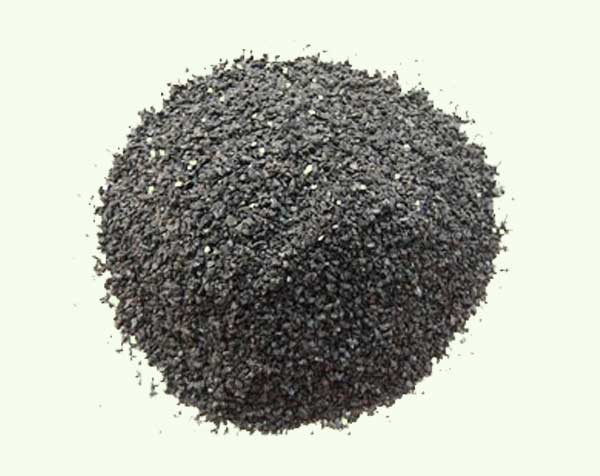Coconut shell activated carbon It is made of fine coconut shell by a series of production processes. The appearance is black and granular, with developed pores, good adsorption performance, high strength, economy and durability.
coconut husk Activated carbon It is mainly used for the purification and decolorization of drinking water, purified water, liquor making, beverages and industrial sewage.
Technical parameters of coconut shell charcoal:
project | test data | project | test data |
Particle size | 0.4-3mm | True specific gravity | 2-2.2g/cm3 |
Benzene powder adsorption rate | ≥450mg/g | Bulk specific gravity | 0.45-0.55g/cm3 |
strength | ≥ percent 80-95 | Total pore volume | 0.7-1cm3/g |
Iodine value | 1000-1100mg/g | Specific surface area | 590-1500m2/g |
Methylene blue value | 100-150mg/cm3 | PH value | 8-10 |
Moisture | ≤ percent three | Ash content | ≤ 8-12 percent |
|
| specific heat | -1.00J/g.℃ |
Here are some simple ways to distinguish them:
The cost of coconut shell activated carbon is much higher than that of coal based activated carbon, and the material of finished activated carbon is generally not easy to be recognized by the general public. On the market, illegal sellers often use coal based activated carbon to counterfeit coconut shell activated carbon, taking advantage of the weakness of consumers' inability to identify materials. This phenomenon is serious in both civil and industrial fields.
1. Coconut shell activated carbon belongs to Activated Carbon Its main characteristics are small density, light touch, and the weight in the hand is obviously lighter than that of coal based activated carbon. With the same weight of activated carbon, the volume of coconut shell activated carbon is generally larger than that of coal based activated carbon.
2. The shape of coconut shell activated carbon is generally broken granular and flaky, while shaped activated carbon, such as columnar and spherical activated carbon, is mostly coal based carbon.

3. Because the density of coconut shell activated carbon is small and the handle is light, the activated carbon can be put into water. The coal based carbon generally sinks quickly, while the coconut shell activated carbon floats in water for a longer time activated carbon adsorption When the water molecules reach saturation, they will gradually sink into the water bottom by increasing their own weight. When all activated carbons sink to the bottom, you will see a small bubble wrapped around each activated carbon, crystal clear, very interesting.
4. Coconut shell activated carbon has a small molecular pore structure. When the activated carbon is put into water, the air discharged when it absorbs water molecules will produce many very small bubbles (just visible to the naked eye), which will constantly float to the water surface. The coal based activated carbon generally has a macromolecular pore structure, and the generated bubble phase is relatively large.
Types of coconut shell activated carbon:
Gold coconut shell activated carbon, water purification coconut shell activated carbon, coconut shell gold carbon, coconut shell water purification carbon, coconut shell pure water special carbon, coconut shell gold adsorption carbon, etc.











